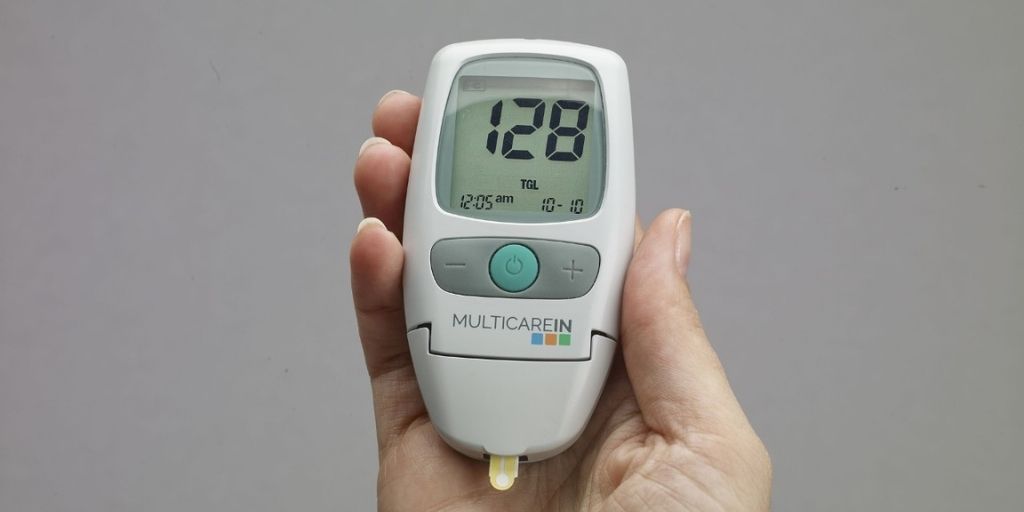
The COVID-19 pandemic brought unprecedented challenges for the medical device industry, from skyrocketing demand for respirators and personal protective equipment (PPE), to staff shortages. On top of these, a common challenge was supply chain disruptions. Due to the extensive review process for each device, this sector usually needs long lead times for products to get approved and delivered, so that even a minor disruption can result in major delays .
With many component suppliers closing when Coronavirus first hit China, components for vital devices, such as ventilators, became almost impossible to find. Small and medium-sized enterprises (SMEs) were heavily impacted by critical cashflow issues as a result of the pandemic, and even larger companies were hit by the high demand to supply ratio.
Managing supply chain disruptions
Unlike other electronics manufacturers, medical device manufacturers have to navigate an abundance of red tape to ensure regulatory compliance. This means that if a component is in short supply, they cannot just replace it with something similar. Medical device components have to be approved with the initial design by the regulatory board for that jurisdiction.
For example, in Europe, medical device manufacturing is regulated at the EU Member State level and also involves the European medicines agency (EMA) in the process. These components cannot be replaced without permission, which requires a resubmission process. This results in long delays in life-saving device production and costly downtime.
However, there are ways to decrease the impact of supply chain disruptions. Firstly, in the design phase for the medical device, the manufacturer should try to be as vague as possible on the specifications of the device components. This will make it easier to source spare components while still meeting the approved design requirements, meaning that the safety and efficiency of the final product will not be compromised.
For manufacturers already past the design stage, the best way to combat the negative consequences of shortages is by keeping track of stock and increasing inventory whenever possible — if a popular component becomes available, buy as much as you can afford. Invest in supply chain management (SCM) software can help track inventory, manage shipping and keep updated on which stocks are decreasing fastest.
How to reduce obsolescence issues
With companies closing as a result of the pandemic, some component lines have becoming obsolete. For example, Merit Medical’s careflow central venous catheters and catheterisation kits were discontinued upon the company’s closure in December 2021.
Due to regulations set by bodies such as EMA, it is hard to avoid obsolescence issues when manufacturing medical devices. However, there are some steps manufacturers can take to minimise the impact. On top of keeping specifications vague in the design phase, designers should carefully research the expected lifespan of the components they intend to use, as well as monitoring how long these have already been on market.
The final way manufacturers can lessen the burden of potential obsolescence is by finding the right vendor that can help mitigate the risk. Sourcing spare parts can be difficult if the original equipment manufacturer (OEM) no longer produces them. An specialised automation parts supplier, like EU Automation, can help source obsolete parts. However, this should be used in combination with other obsolescence management strategies.
With the worry that Coronavirus could continue disrupting supply chains, manufacturers should take the time to implement a good obsolescence management plan. Failure to adapt to these challenging times could cost companies millions in unnecessary downtime and replacements.
To learn more about obsolescence management, download EU Automation’s free book to guide you through the seven steps of obsolescence management.











